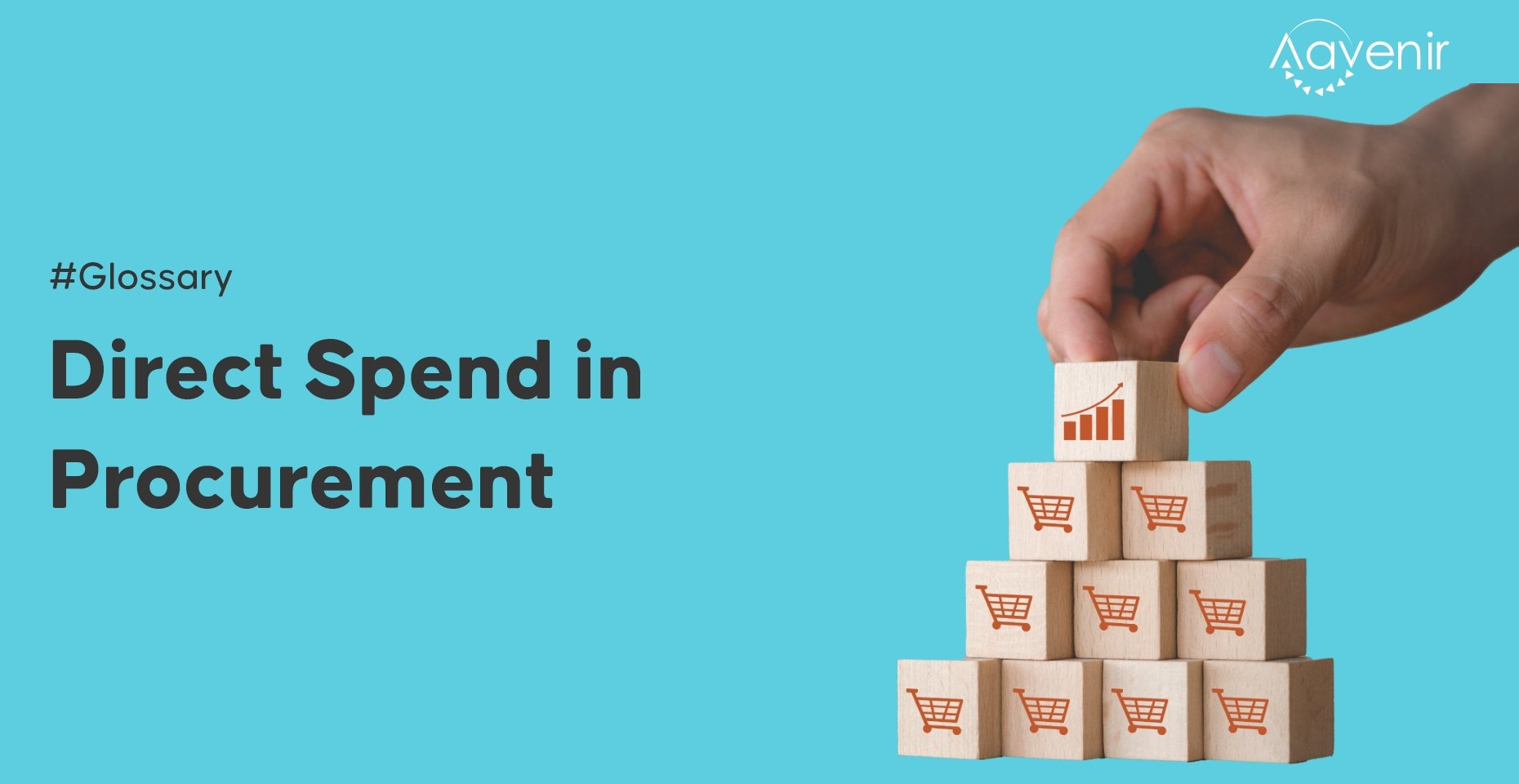What is a Direct Spend in Procurement?- Definition
Direct procurement — or direct spend, or direct cost — involves the procurement of goods, materials, and services directly related to the production of goods and/or services that a business is offering.

Understanding Direct Spend in Procurement
Direct spend in procurement refers to the money that goes into the raw materials and goods used to create a product. Those familiar with the income statement will recognize this as part of the cost of goods sold, or COGS.
No matter which stage of the supply chain your business lies in, any costs that are directly tied to future sales are considered direct spending. Direct spend typically represents the largest percentage of total spend in an organization. Activities related to direct spend include supplier relationship management, vendor risk management, inventory management, and logistics.
Managing Direct Spend in Procurement
Management of Direct Spend refers to the end-to-end Procurement process companies use to manage the procurement of direct materials – that is the materials, goods, and services that make up a product.
Effective Spend Management is critical to product success, and by extension the success of the organization. Direct Spend Management, when successful, builds supply chain resilience and agility.
The direct procurement team’s close partnerships with its supply base represents an area with great potential for innovation within the supply chain. Examining spend analytics of purchase orders will help identify trends and areas where improvements can be implemented to better leverage buying power.
Direct vs Indirect Spend
The biggest difference between these two types of spending is how they are managed. With indirect procurement, the name of the game is cost savings. With direct procurement, on the other hand, it’s supplier management and change management.
Supplier Relationship Management
As we mentioned above, direct spending focuses more on managing supplier relationships. But what does that look like? And why is it so important?
In many businesses, supplier communication runs through channels like email and phone calls and changes are tracked in spreadsheets and PDFs. While a large number have made the switch to modern software solutions, the pressure placed on buyers to properly manage these relationships remains.
If parts arrive late, these companies might have to stop production lines, pay their customers late fees, or pay extra to expedite the late parts. Worst of all, they might break the trust of their customers. To help maintain accountability, buyers will often specialize in certain areas of direct spending, becoming category managers.
Indirect procurement teams, on the other hand, primarily manage internal stakeholders, though they may cultivate closer relationships with some vendors. Procurement professionals at large corporations may look out for savings opportunities through strategic sourcing partnerships. If all computer monitors were purchased from one company, for example, they might get a discount and be able to cut some costs.
Explore Additional Resources to Know More

Blog
47% of all vendor collaboration initiatives hit the wall. Why? How Successful Vendor Management drives value?

E-Book
Bring the procurement and other enterprise teams on the same platform to accelerate best-value sourcing (RFPs/RFQs/RFIs) activities.


